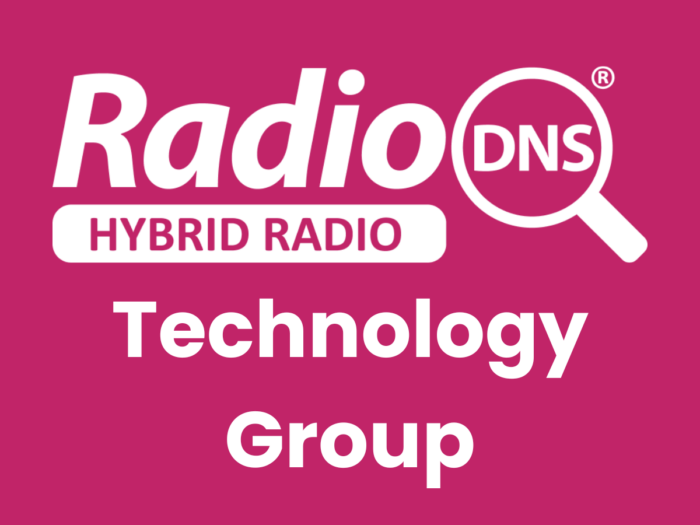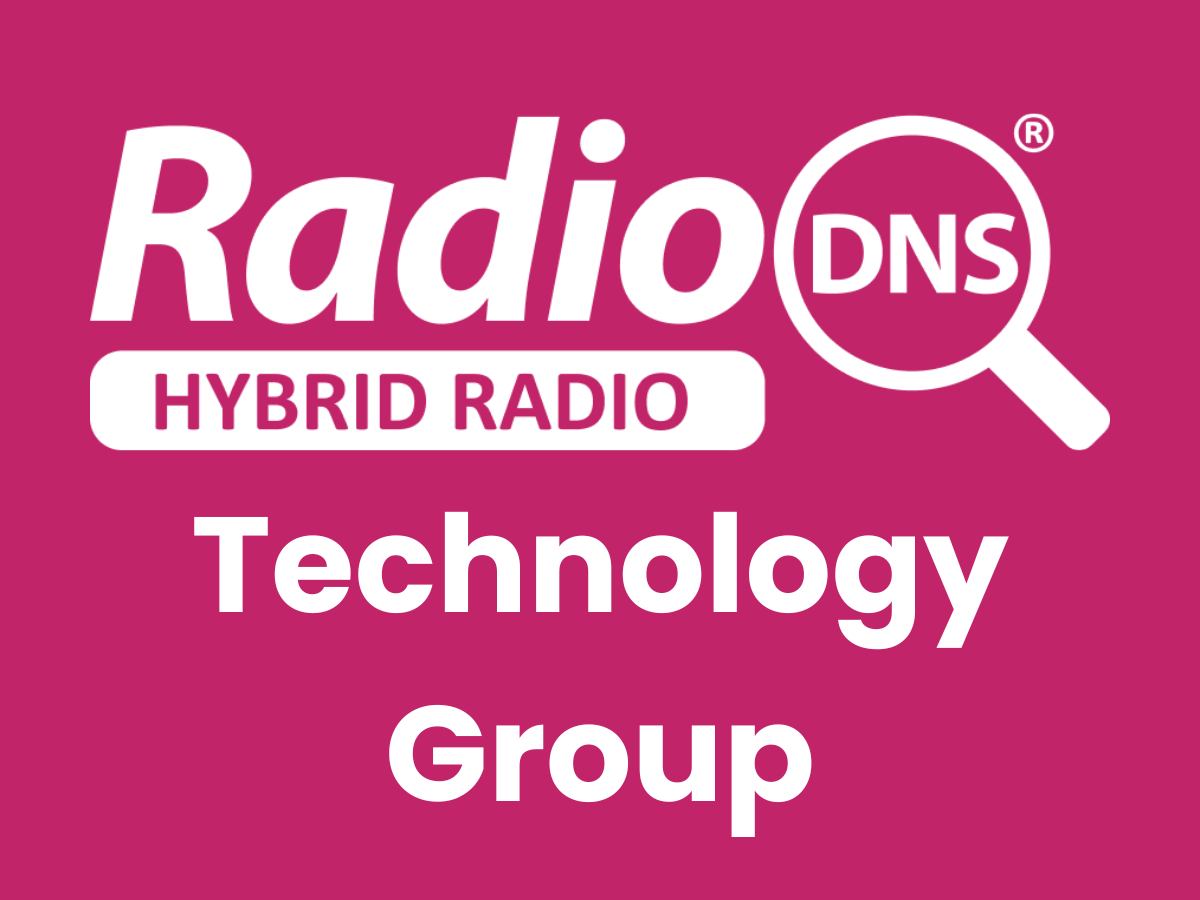We’re the membership organisation that creates open technical standards that enable the seamless convergence of broadcast radio and IP technologies to create the best possible experience of radio in connected devices.
But how do we actually do that?
Structure and Process
RadioDNS has members from all of the parts of the ecosystem, and most of our members participate in our Technical Group. The Technical Group (TG) meets every 6 weeks, to do two things:
- Review progress on developing new functionality
- Process requests for new functionality – creating new projects
For each project, there’s a Working Team – a subset of the TG members who want to participate in actively developing / prototyping new functionality. Whilst RadioDNS provides support to the TG, any actual coding / building work is done by the relevant Working Team.
Once a Working Team has completed, their output is proposed to be an update to an existing standard or a new standard. All Working Team output has to be either patent-free, or available under a Fair, Reasonable, Non-Discriminatory and Zero Cost (FRNDZ) licence.
Finally, the Steering Board approves the amendment / publication of a standard, which we usually do through ETSI (European Telecommunications Standardisation Institute) in line with other broadcast radio standards. At that point, anyone is free to implement the functionality defined in the standard.
What We’re Working On
We usually have a few active Working Teams at any time. Currently (February 2025), we have Teams looking at:
- Linking between broadcast radio and radio station apps
- Changing the way our lookup handles geographically close radio stations
- How we publish changes to our standards to make them easier to track
Enabling linking between broadcast radio and radio station apps is our primary project. We want to specify how a radio station can provide information to the manufacturer installed radio in a vehicle that can offer the driver the choice to install / launch the radio station’s own app, and also offer specific recommended on-demand audio to listen to.
This could be a great way to convert casual listeners into more engaged listeners, and drive more app installs and app traffic.
Any radio station (with an app of their own, or working with a partner app) could use this functionality, and we’d be encouraging manufacturers to implement it wherever possible.
How To Get Involved
Only Members can be part of the Technical Group. If you’re not yet a Member, you can find out about joining here.
Any Member can join the TG, just contact the project office, and we’ll explain the process and get you added. You can send multiple representatives to the meeting, so you can allocate different people to different Working Teams / projects.

